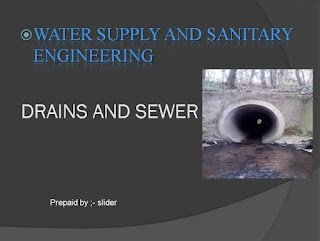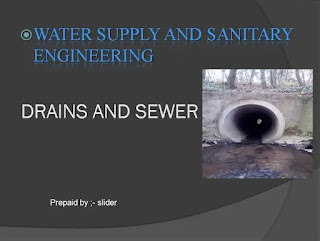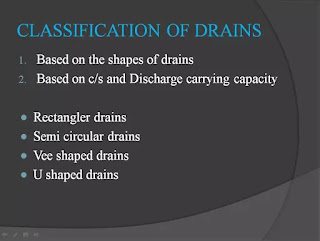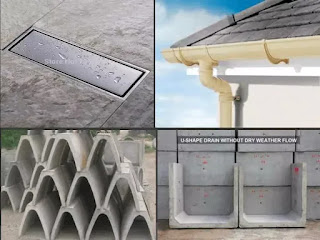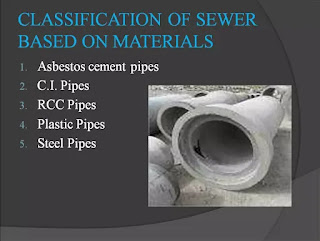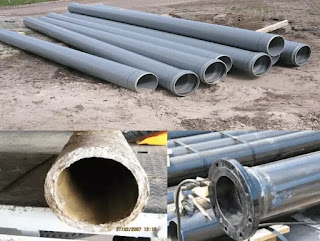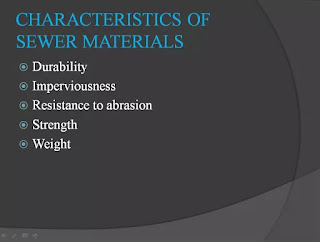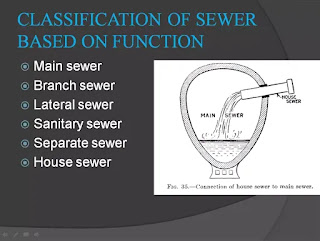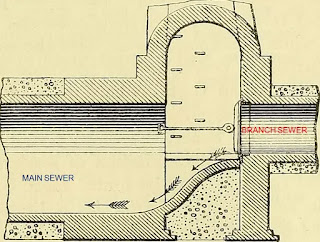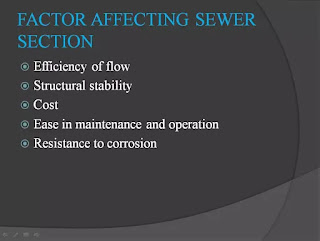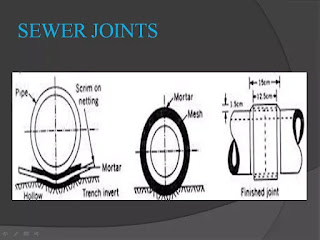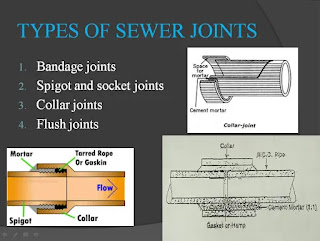Drainage systems play a crucial role in maintaining a healthy and functional living space. From the kitchen sink to the main sewer line, these systems ensure the smooth flow of water, preventing potential issues that could disrupt daily life.
In this article, we’ll delve into the intricacies of drain and sewer maintenance, offering insights into identifying problems, DIY solutions, professional services, and the future of drainage technology.
Your home’s drainage system is like its circulatory system, keeping everything flowing smoothly. However, when issues arise, it can lead to a slew of problems, from minor inconveniences to significant damages.
Many homeowners are familiar with the frustration of a clogged sink or a slow-draining bathtub. These issues, if not addressed promptly, can escalate into more significant problems, impacting the entire drainage system.
Table of Contents
Drains vs. Sewers:
It’s essential to distinguish between drains and sewers. Drains handle water from various sources within your home, while sewers manage the wastewater from your entire property.
Components of a Typical Drainage System
A basic understanding of the components – pipes, traps, vents, and more – helps homeowners navigate potential problems effectively.
Signs of Drainage Issues
- Slow Drainage
- Unpleasant Odors
- Water Pooling

